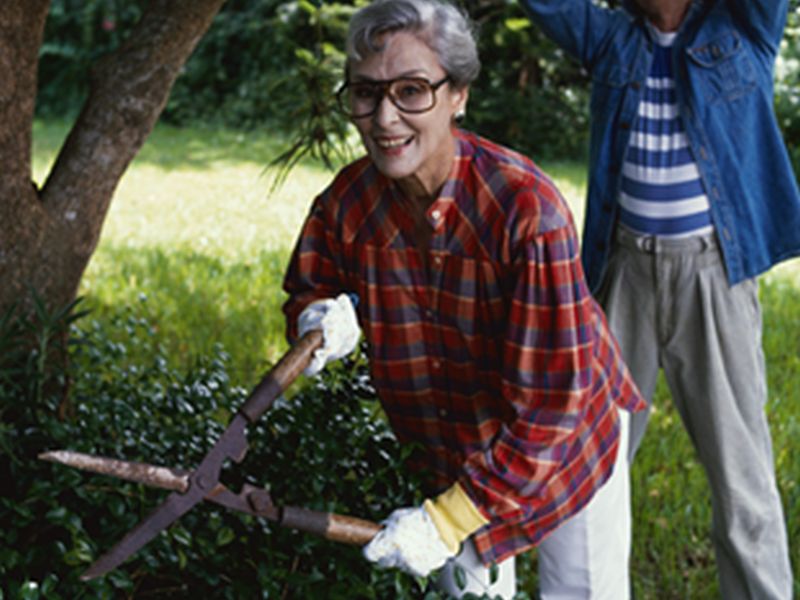
MONDAY, April 22, 2019 (HealthDay News) -- As you dig into gardening this spring, be sure you don't plant the seeds of skin problems, an expert advises.
"Adverse skin reactions from gardening are very common and may include bug bites and stings, plant-induced rashes, and cuts and infections," said Dr. Sonya Kenkare, a dermatologist in Evergreen Park, Ill.
"While most of these can be easily treated, some can be serious, resulting in Lyme disease, a fungal infection, tetanus or worse. That's why it's better to be safe than sorry," Kenkare said in an American Academy of Dermatology news release.
Here's her advice:
- Wear protective clothing. Plant sap and thorns can injure your skin, and touching some plants can cause an allergic reaction. Wear pants, a long-sleeved shirt, socks, shoes that cover your feet, and thick gardening gloves.
- Watch out for poison plants. Learn to recognize poison ivy, oak and sumac, which cause a rash in about 85% of people who come into contact with them. Using an ivy block barrier can help stop the skin from absorbing the plant oil that causes the rash. Remember: The oil can stick to your gardening tools or clothing and then transfer to your skin if you touch them. If you think you've come into contact with these plants, immediately wash your hands, tools and clothing.
- Protect against pests. Avoid wearing fragrances, which can attract insects. If you see a bug on your skin, flick it off rather than kill it, which reduces the risk that it will bite or sting you. Consider using insect repellent. After gardening, check your entire body for ticks. Be sure to examine your toes, hairline, groin and underarms, as ticks prefer warm, moist areas.
- Use sun protection. Apply a broad-spectrum, water-resistant sunscreen with an SPF of 30 or higher to exposed skin. Wear a wide-brimmed hat and sunglasses with UV protection. Try to work in shade. If your garden doesn't have shade, create it by setting up an umbrella. Don't garden between 10 a.m. and 2 p.m., when the sun's rays are strongest.
- Read gardening product labels before using them. Some can cause problems ranging from a mild rash to severe burns if used incorrectly.
- Immediately treat any wounds to prevent infection. Clean the area with soap and water, and cover with a bandage. Keep the wound clean and change the bandage often until it heals.
Once you've finished your yardwork, the first thing you should do is shower and put on clean clothes to avoid any further contact with sap, pollen and other possible irritants. Make sure you wash your gardening clothes before you wear them again.
More information
The U.S. Centers for Disease Control and Prevention offers gardening health and safety tips.
Back

The news stories provided in Health News and our Health-E News Newsletter are a service of the nationally syndicated HealthDay® news and information company. Stories refer to national trends and breaking health news, and are not necessarily indicative of or always supported by our facility and providers. This information is provided for informational and educational purposes only, and is not intended to be a substitute for medical advice, diagnosis, or treatment.






